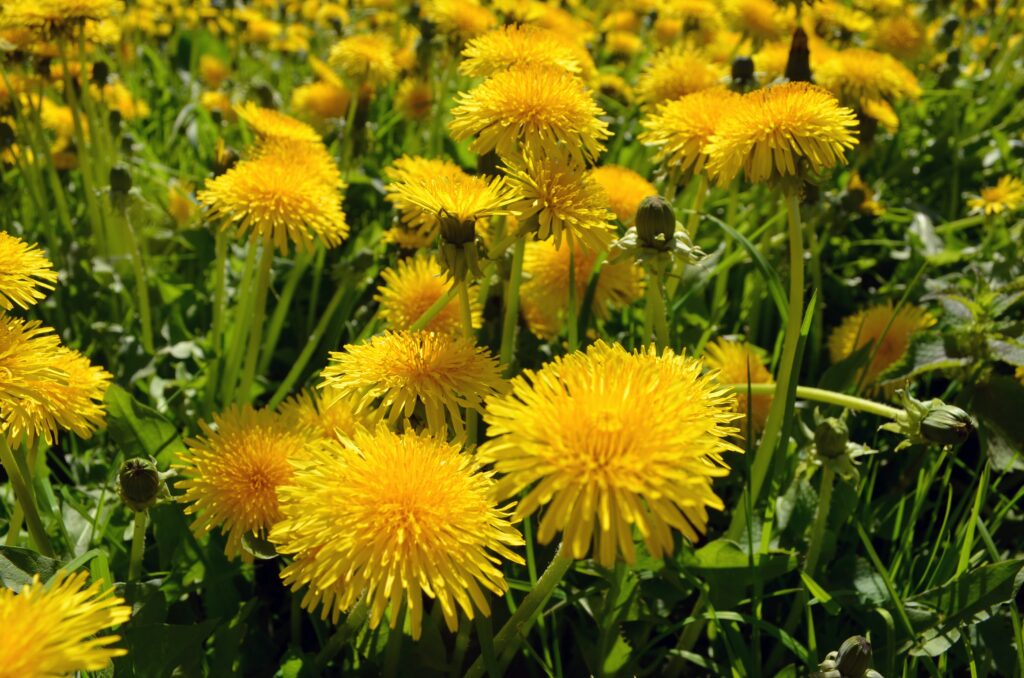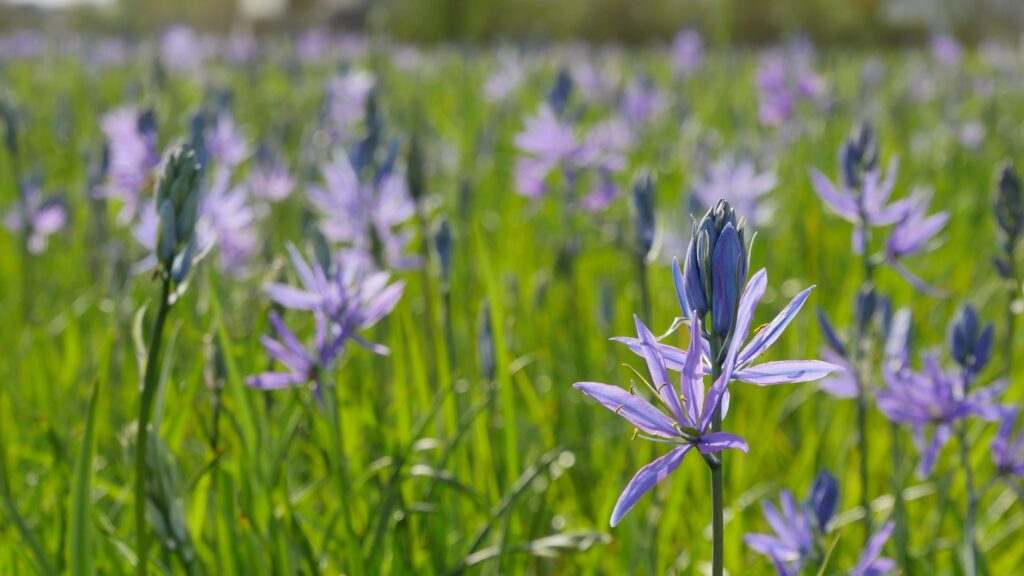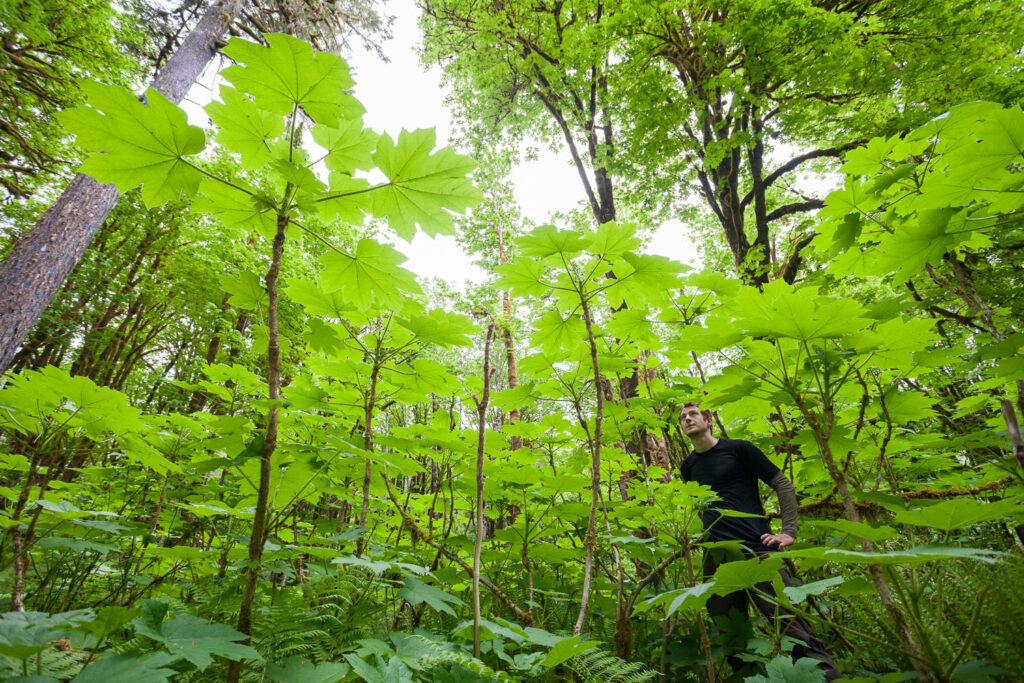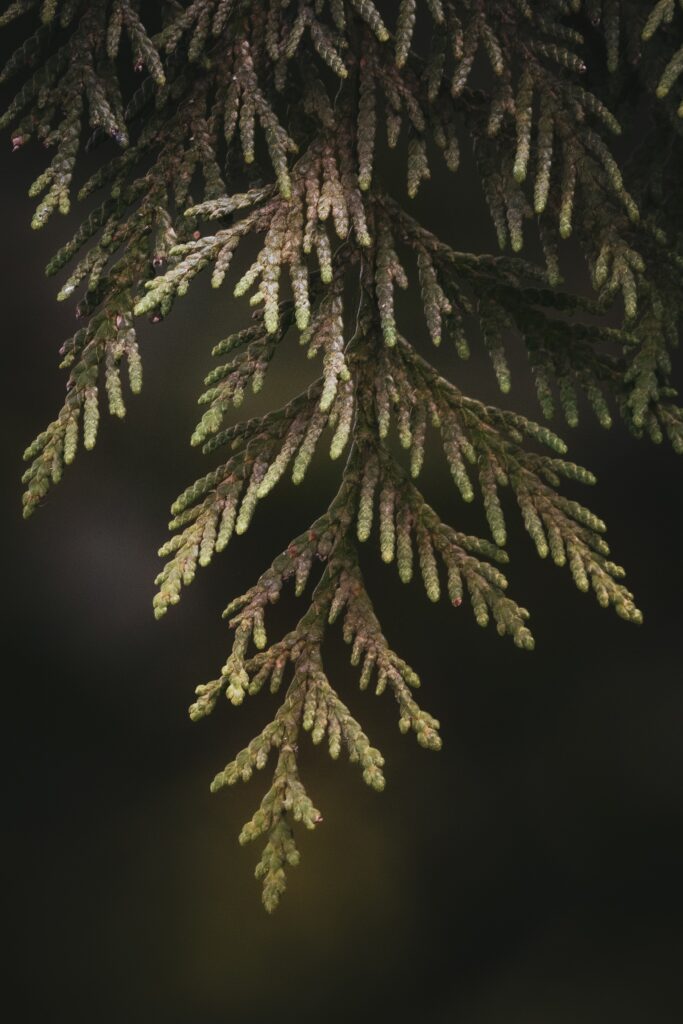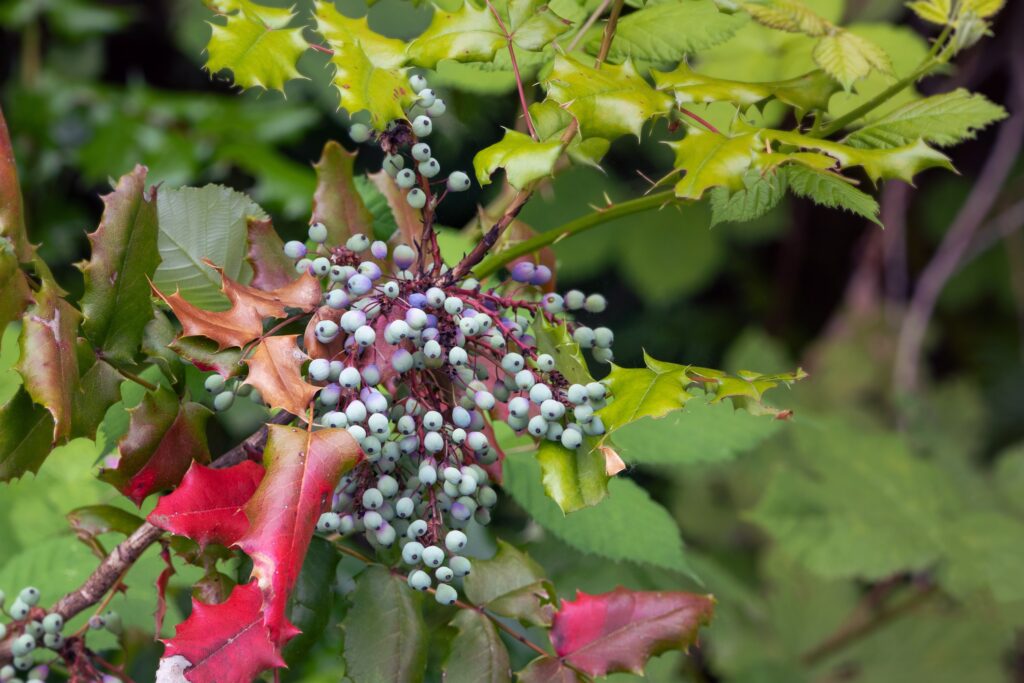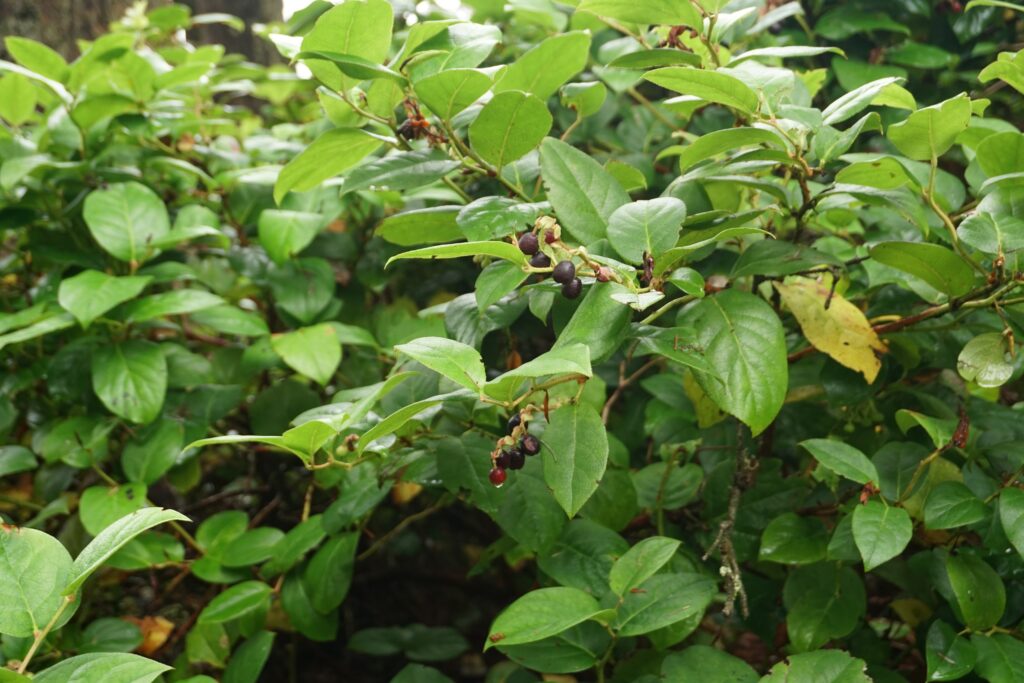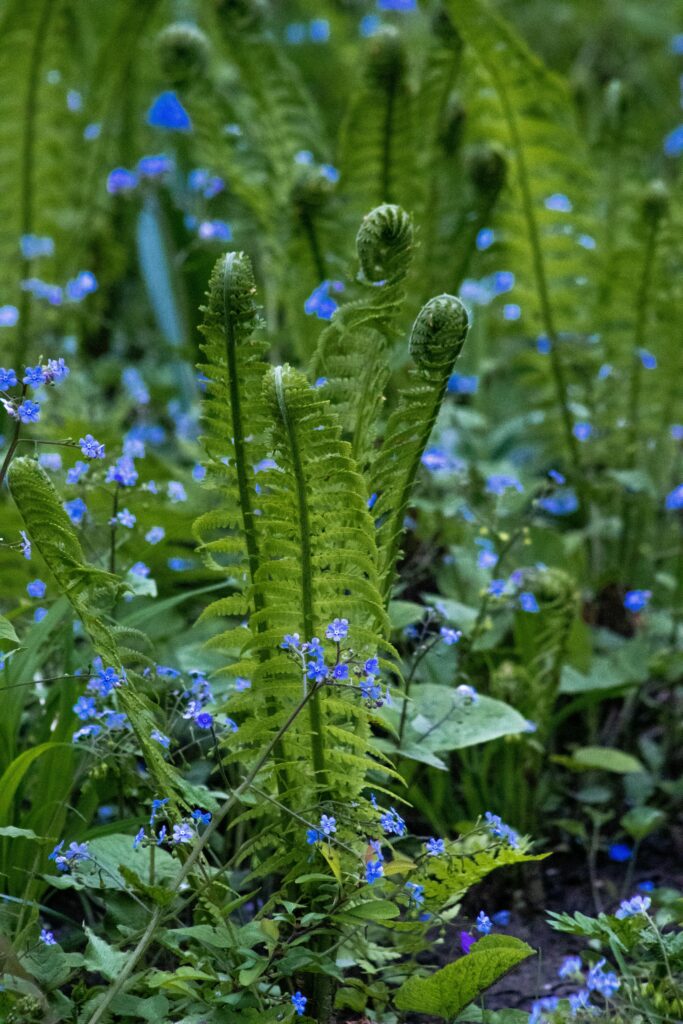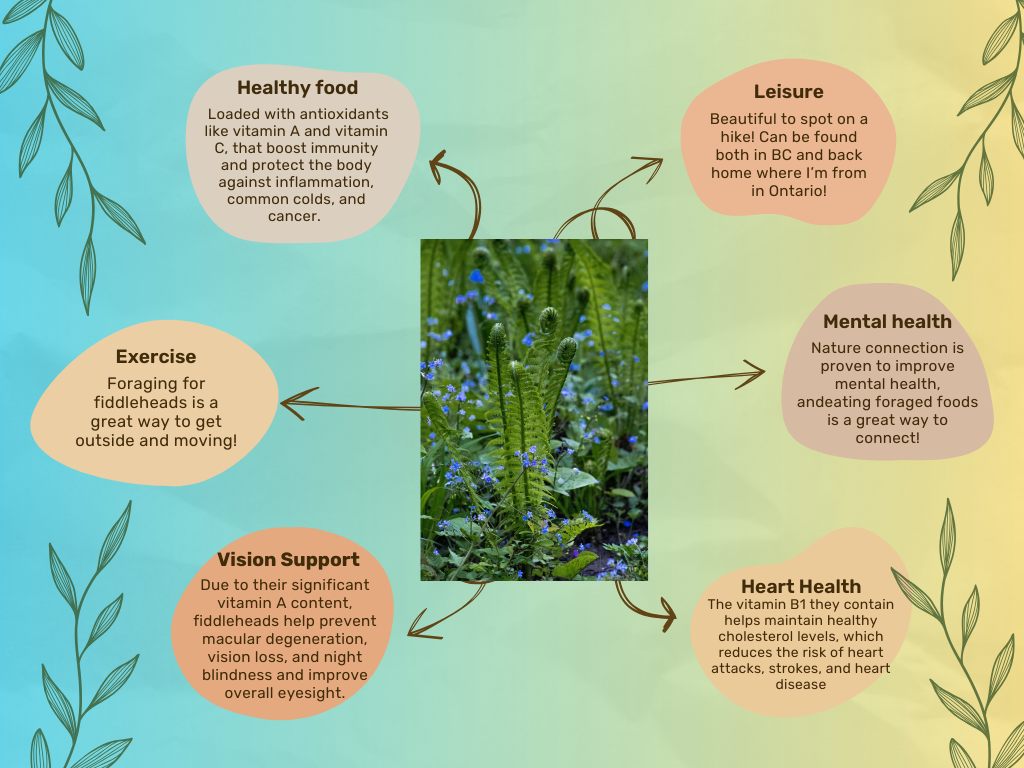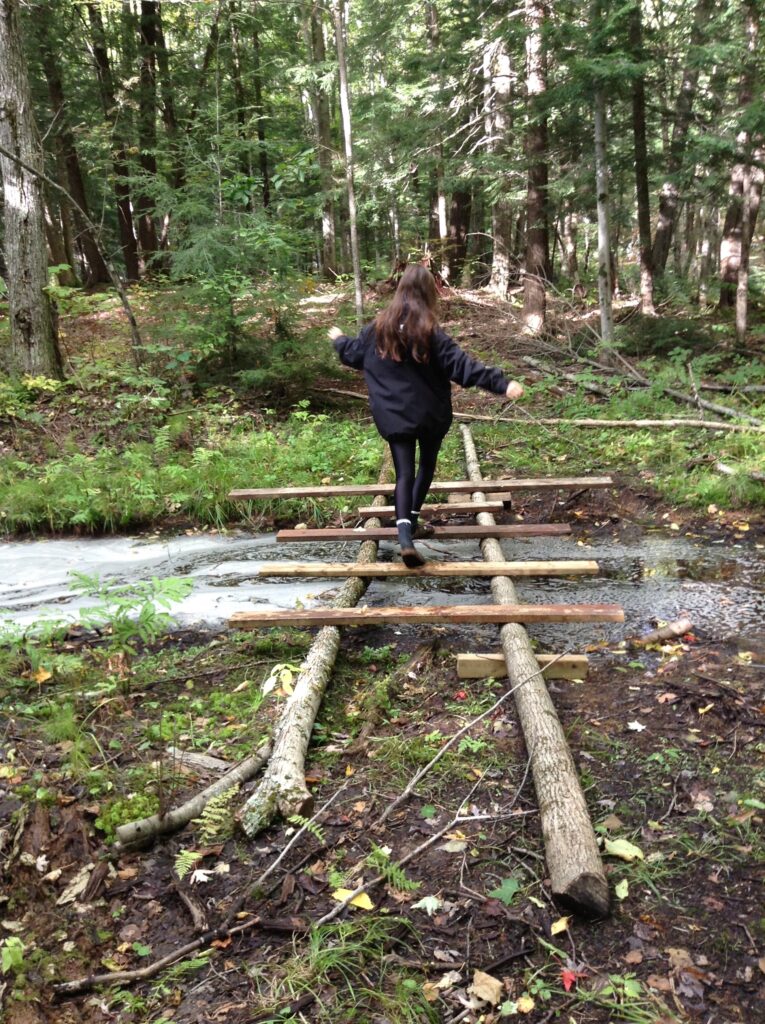Invasive weeds with incredible purpose and benefit. Dandelions grow everywhere and are often viewed as a pest/weed that needs to be pulled from lawns. However, dandelions have amazing health benefits. After the long winters that we have here in Canada, drinking dandelion tea can help regulate the blood and lymphatic systems. This website, Mindful Ecotourism , details the benefits of this amazing, beautiful weed.
All parts of the plant can be used, from the head down to the roots. This amazing weed offers medicinal benefits such as anti-inflammatory properties, and antioxidants, and helps in regulating blood sugar. Dandelion leaves taste similar to arugula, and the stems can be used for miniature basket weaving. Something important to note with the dandelion, but really with all wild plants, is that if foraging these in urban areas, be sure to consider that they may have been sprayed with chemicals.
